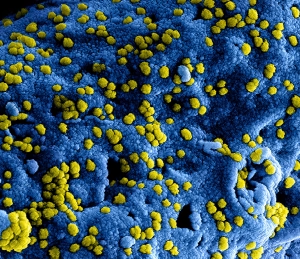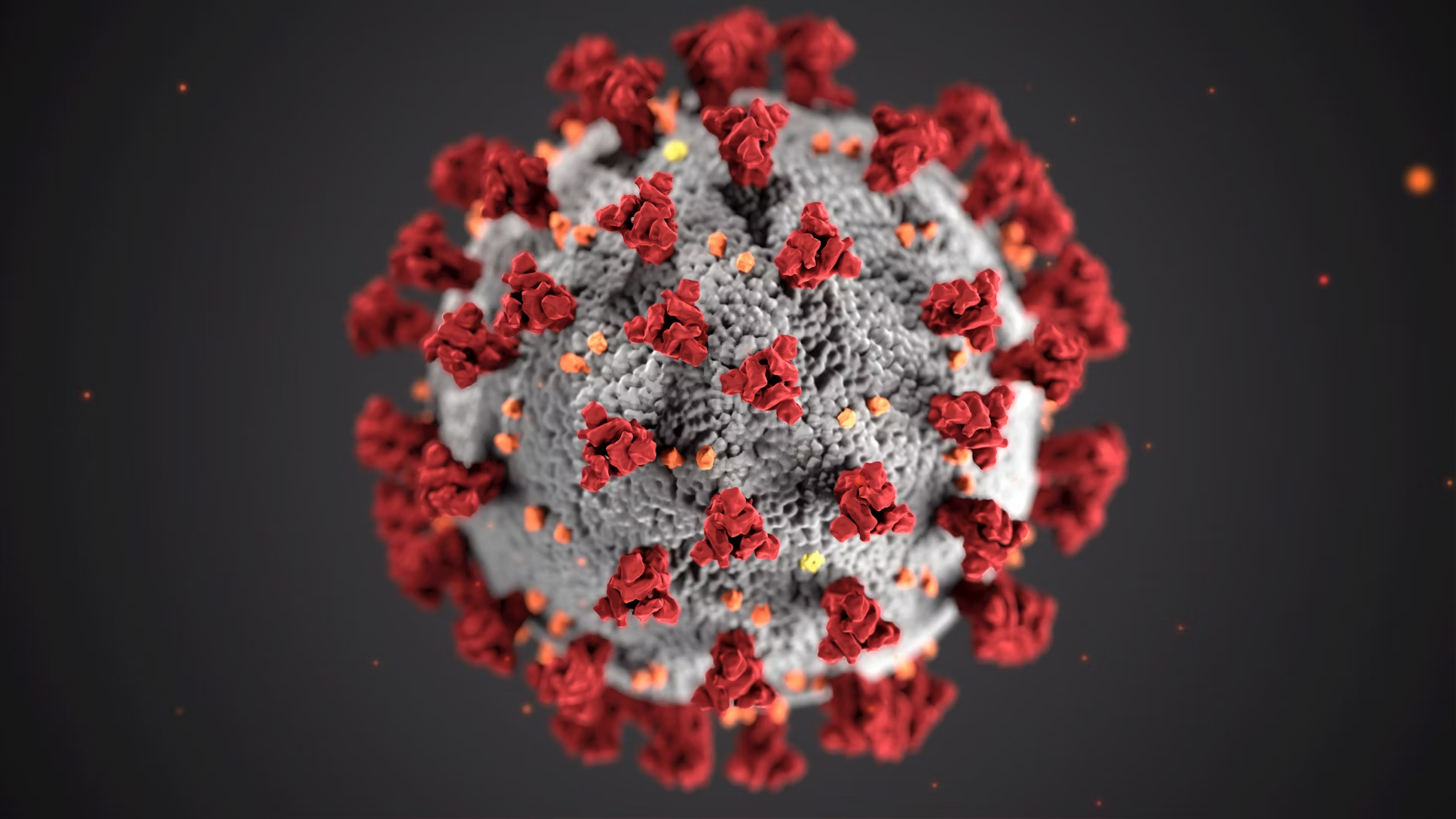Alphaviruses
Alphaviruses are viruses of the family Togaviridae Subscribe to Production Free* This article is a part of a series on virology. Mosquito-borne RNA viruses that cause a variety of diseases in humans and animals. Present in many sectors of the world, alphaviruses cause great public health concern, especially in warmer climates where their mosquito vectors are present. Although most breaches from alphaviruses are mild or asymptomatic, some become severe, including debilitating arthritis and life-threatening encephalitis.
Content and Communication
Alphaviruses are enveloped viruses with single-stranded, positive-sense RNA genomes. Its genome codes for structural and non-structural proteins involved in the viral replication cycle. They are spread via the bite of infected mosquitoes, particularly types of Aedes and Culex. Birds and small mammals are the natural reservoirs in nature, keeping the virus in the environment, while humans serve as incidental hosts.
Alphavirus lifecycle includes replication in mosquito vectors and vertebrate hosts. [CMS and Context are dated as of October 2023] This dual-host cycle in replication is critical for their existence and expanding geographical range and limits. Alphaviruses are highly responsive to shifts in temperature, precipitation, and changes in mosquito population dynamics.
Major Alphaviruses and Their Associated Diseases
Multiple alphaviruses are described to be associated with human disease, of which the clinical features can differ by virus. Based on their main clinical manifestation, they are traditionally divided into 2 groups: arthritogenic alphaviruses and encephalitic alphaviruses.
Arthritogenic Alphaviruses ——————
These viruses mainly lead to fever, rash, and debilitating joint pain that can last weeks to months. Key examples include:
Chikungunya virus (CHIKV): Most often linked with outbreaks in Africa, Asia, and the Americas, chikungunya fever may include sudden-onset fever, severe joint pain, rash and fatigue. In some cases, joint pain can become chronic, similar to rheumatoid arthritis.
Ross River Virus (RRV): RRV causes Ross River fever, marked by joint inflammation, fatigue, and rash, and is chiefly found in Australia and the Pacific Islands.
O’nyong-nyong virus: This virus mainly circulates in Africa and produces similar symptoms to chikungunya (fever, polyarthritis).
Alphaviruses That May Cause Encephalitis
These viruses attack the central nervous system and can cause encephalitis, a sometimes deadly condition. Notable examples include:
Eastern Equine Encephalitis Virus (EEEV): EEEV has a high mortality rate in severe cases and occurs in the Americas. The symptoms run from fever and headache to seizures, coma, and death in progressed encephalitis.
Western equine encephalitis virus (WEEV): Less dangerous than EEEV, WEEV can also cause neurological symptoms in humans and animals—especially children.
Venezuelan Equine Encephalitis Virus (VEEV): Endemic to Central and South America, VEEV mostly affects equines but can spillover to humans with flu-like symptoms or encephalitis.
Symptoms and Diagnosis
Alphavirus infections can present themselves in many different ways depending on the specific virus and individual predisposition. Common symptoms include:
→ Fever: A characteristic symptom of most alphavirus infections
Arthralgia: Most pronounced in the arthritogenic alphaviruses (eg, chikungunya)
Rash: presents as mild in fever and joint pain.
Neurological signs—for instance, headache, confusion, and seizures in the case of the encephalitic alphaviruses.
Diagnosis of alphavirus infection requires a combination of clinical disease, travel or exposure history, and laboratory diagnosis. Laboratory methods include:
Serological Assays: Identification of specific immunoglobulin M and G in the blood.
Polymerase Chain Reaction (PCR): VirRNA detection in blood or cerebrospinal fluid
Virus Isolation: Definitive but rarely performed
Treatment and Management
There are presently no licensed antiviral agents effective against alphavirus infections. Management is primarily supportive of treating symptoms and preventing complications. Key measures include:
Pain and fever relief: nonsteroidal anti-inflammatory drugs (NSAIDs) such as ibuprofen or acetaminophen.
Hydration: Oral or IV fluids may be given to correct dehydration.
Hospitalization: Required for severe cases, especially with encephalitis, requiring intensive care and monitoring.
Physical therapy and corticosteroids may be indicated in certain cases of chronic arthritis associated with alphavirus infections.
Prevention and Control
Prevention of alphavirus infections is primarily aimed at minimizing exposure to mosquitoes and breaking the transmission cycle. Strategies include:
Mosquito Control—the insecticide spraying, the draining of standing water, the introduction of biological controls, such as fish that eat mosquito larvae.
Personal Protection: The use of insect repellents, long-sleeved clothing, and home mosquito nets or screens.
Vaccination—although vaccines exist for certain alphaviruses in animals (horses, for example), no human vaccines have received widespread approval. Work continues on developing vaccines against viruses such as chikungunya and EEEV.
Implications for Public Health
Outbreaks of alphaviruses have serious public health and economic impacts. The challenges of emergence and re-emergence of alphaviruses, under the influences of climate change, urbanization, and global travel, remain. Recent outbreaks of chikungunya in areas where the virus was not previously encountered, including parts of the Americas and Europe, have drawn widespread global attention.
The sick-person effect of alphavirus infections is likely just the tip of the iceberg. Chronic arthritis and neurological sequelae can contribute to long-term disability, impairing quality of life and reducing productivity for patients. Consequently, alphavirus infections continue to be a focus of public health efforts in the areas of surveillance, mosquito control, and vaccine development.
Research and Further Reading
Research on alphaviruses should continue to improve diagnostics, therapy, and preventive methods. Key areas of focus include:
Vaccine Development: Production of effective, safe vaccines for humans is an active area of research, especially for chikungunya and encephalitic alphaviruses.
Viral Life Cycle | Antiviral Therapies: Determination of compounds that can target refractoriness of alphaviruses to decrease disease pathology.
Pathogenesis: The underlying mechanisms by which alphaviruses cause disease provide insights into potential countermeasures.
Alphas should actually be a considerable section of study since they arouse great involvement as mosquito-borne viruses of tremendeous medical relevance. Although there have been agents in understanding their biology and epidemiology, the threat of alphaviruses to public health worldwide is so significant that continuous research and public health efforts are warranted to further mitigate their impact in the future.




Leave a Reply